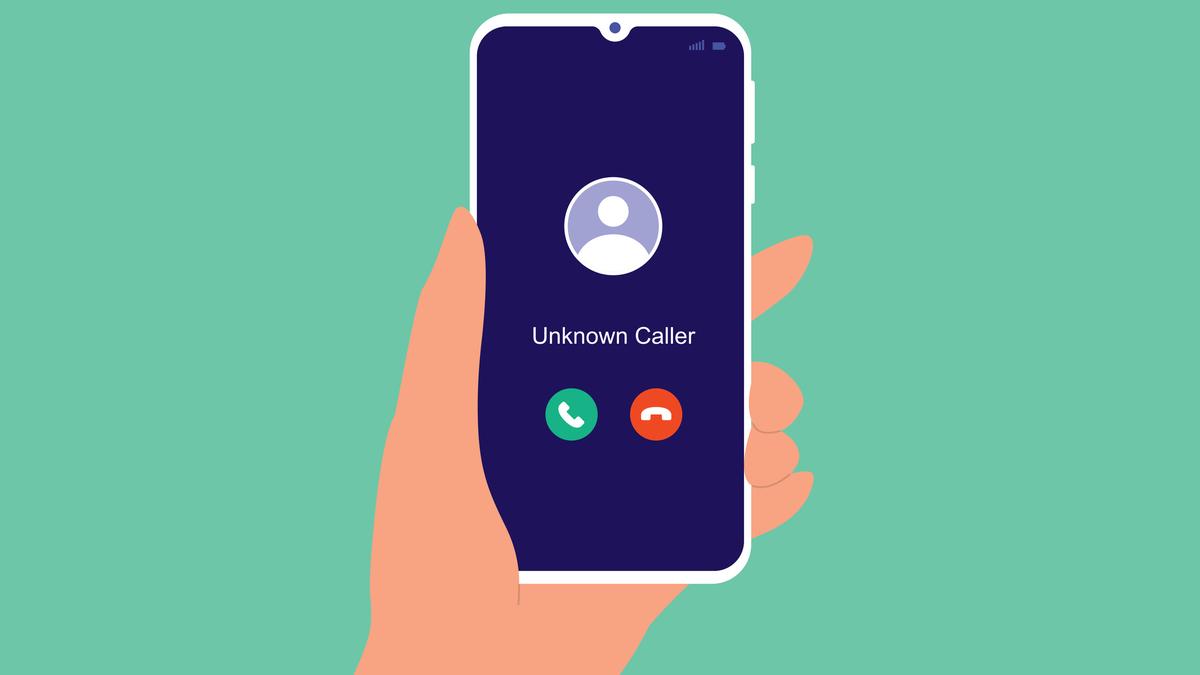
How is TRAI and the govt. combating spam? | Explained
The Hindu
TRAI uses blockchain to combat spam, tightening rules for commercial messages, ensuring traceability and customer preferences.
The story so far: The Telecom Regulatory Authority of India (TRAI) will be using distributed ledger technology (DLT) to register spam preferences from customers, TRAI chairman Anil Kumar Lahoti said. Spam rules will be tightened to make commercial messages traceable, the TRAI has indicated.
The TRAI regulates the telecom industry, and its main role is in regulating Unsolicited Commercial Communications (UCC), the official name for spam. Starting in 2007, the regulator implemented a do-not-disturb (DND) registry, which would force telemarketers to abide by customer preferences when it came to commercial calls.
If a telecom customer signs up to the DND registry, they are not supposed to get any spam calls or SMS messages.
TRAI had also worked with an external agency to develop a DND app, which would allow customers to register their DND preference, and accept complaints. Under the Telecom Commercial Communication Customer Preference Regulation (TCCCPR), 2018, telemarketers who called or sent messages to DND-registered customers would receive warnings, and if enough warnings accumulated, they would be blacklisted from sending messages to telecom operators.
The DND app has not always been maintained by the TRAI, and was briefly unavailable from 2022 onwards. An SMS reporting facility where users would have to report messages in a particular format was available, but further steps were taken to make the process more user friendly. In 2024, TRAI mandated that DND reporting be made available on every telecom provider’s app.
In order to fight the deluge of spam messages, TRAI mandated in the TCCCPR that telcos use a blockchain ledger, also known as a distributed ledger, in order to store a constantly-updated list of approved senders of SMS messages. Telcos would also be required to approve specific formats of messages. For instance, an OTP message that goes, “Your OTP is 433212,” would be stored in the blockchain as “Your OTP is …” with space for a variable. These messages have been required to be sent from sender IDs, and not phone numbers.
This has been one of the most stringent rules that have been issued to fight SMS spam anywhere in the world. Blockchain as a technology allows for so-called immutability, which means that every stakeholder involved in a transaction has a reliable, un-tamperable version of the same data. At the time of the 2018 regulations, the necessity to use blockchain for the purpose of maintaining a spam exemption database was debated, as enthusiasm about the technology’s potential had spilled over beyond cryptocurrencies, where it continues to be a mainstay.





















 Run 3 Space | Play Space Running Game
Run 3 Space | Play Space Running Game Traffic Jam 3D | Online Racing Game
Traffic Jam 3D | Online Racing Game Duck Hunt | Play Old Classic Game
Duck Hunt | Play Old Classic Game











